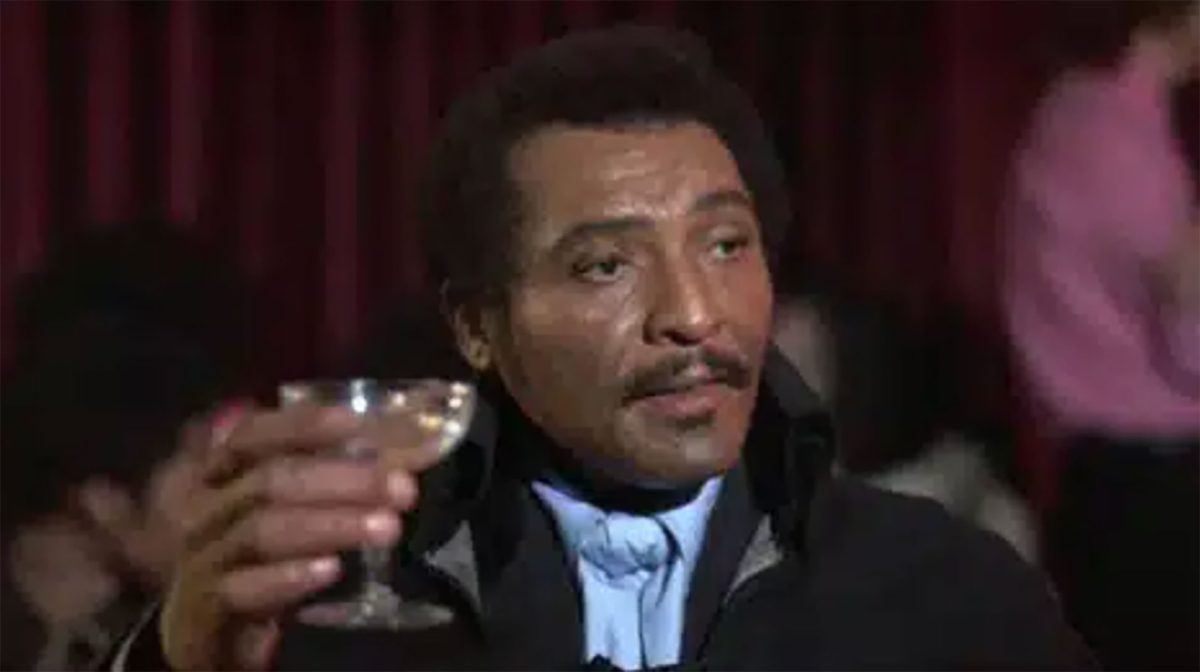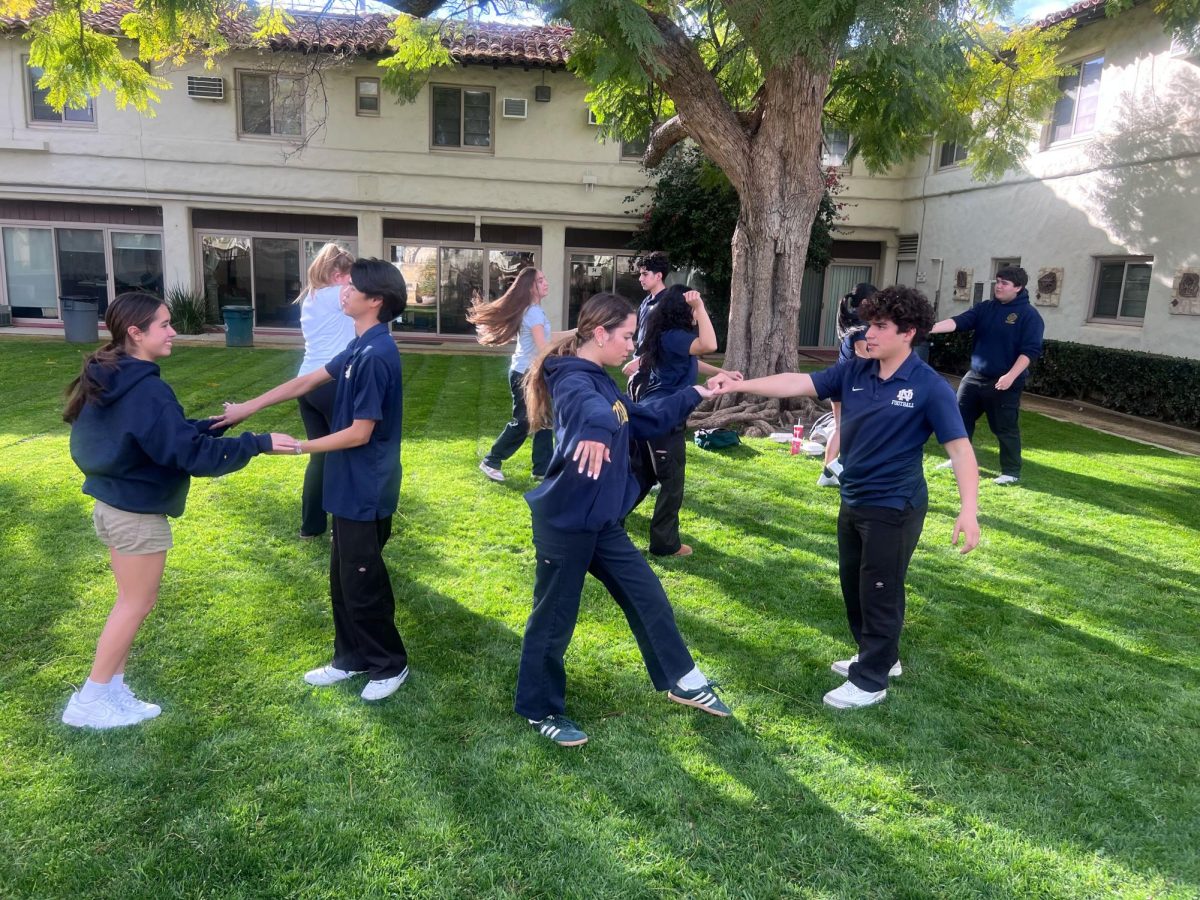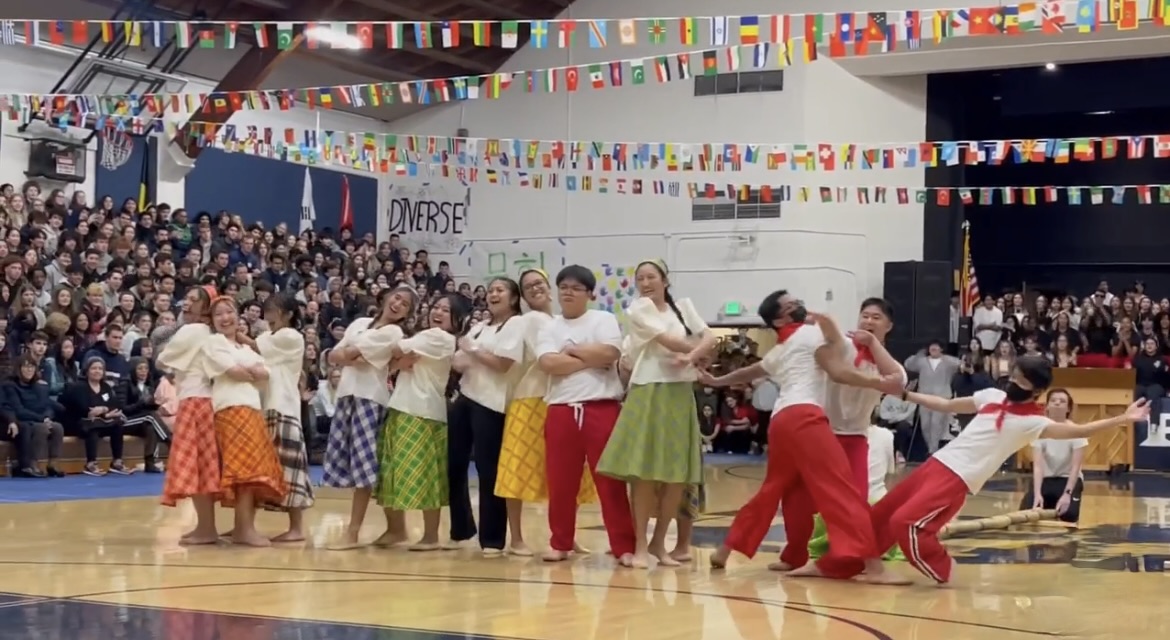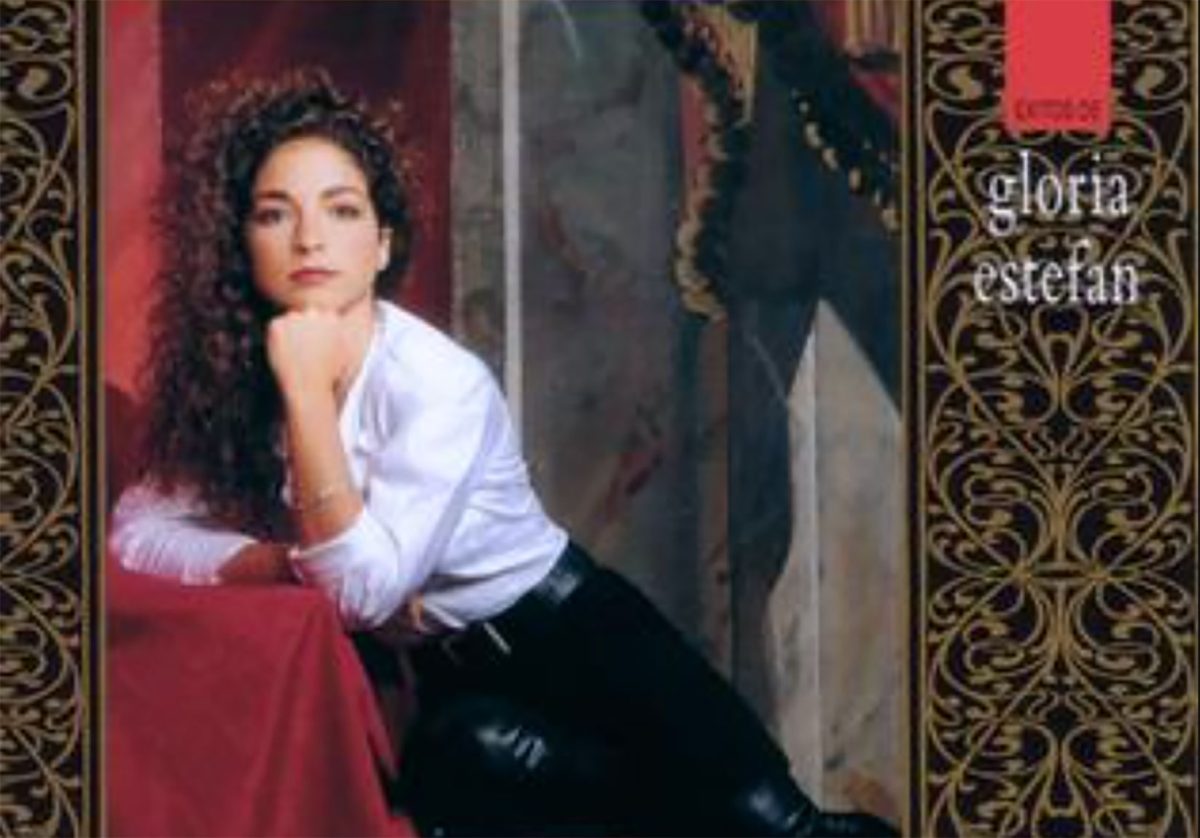For a long time, people have been gagging, having kikis, and eating up in the world of drag. From Trixie Mattel to Lady Gaga, drag has become a fabulous and controversial art form in popular media, being both praised for its unapologetic queerness and deemed as an immoral indoctrination technique.
Merriam Webster’s definition of drag is “entertainment in which performers caricature or challenge gender stereotypes (as by dressing in clothing that is stereotypical of another gender, by using exaggeratedly gendered mannerisms, or by combining elements of stereotypically male and female dress) and often wear elaborate or outrageous costumes”.
The term “drag” was first coined in the 19th century with its name coming from the way the drag performer’s gowns dragged on the ground. Throughout the 1900’s, drag continued to grow with the underground ball scene, vaudeville, and the LGBTQ+ community.
Gender expression has always been a hot topic in America with crossdressing bans being a recurring conversation in politics. One of the first examples is the 1848 Columbus, Ohio law banning people “from appearing in public…in a dress not belonging to his or her sex.”. This spawned close to 40 similar bills in other cities around the country.
These balls and the drag art form went underground and into private settings in order to prevent persecution. Ball culture continued to grow in popularity and influenced many pop culture phrases and songs such as “Bye Felicia”, “Slay”, “Werk”, and Vogue by Madonna being some iconic examples.
Still, the underground queer and drag community desired respect from the outside world and fought for through riots, protests, and social movements, most famously with the Stonewall Riot. Stonewall and similar events led to the Queer Rights Movement which revolutionized how queer people are seen in America.
By the 80s, laws against cross-dressing began to be rescinded and drag was able to come into the spotlight, especially in film media.
Some examples of drag in movies during the late 1970s to early 2000s include John Waters movies (Pink Flamingos and Hairspray starring the late but great Divine being the most notable), To Wong Foo, Thanks for Everything! Julie Newmar, and Rocky Horror Picture Show.
Film student at ND Hayli Burke ‘26 said that “since everyone watches TV and movies… younger audiences will watch it and are going to realize [drag] is okay and not just go off other people around them’s opinions”. And this proved true with queer acceptance being on the rise.
During the late 20th century, the mother of all drag came into fruition, RuPaul Charles. This legendary performer is also referred to as the Queen of Drag (look at the now infamous Jimmy Fallon interview for proof). Charles brought drag into mainstream focus with the 2009 premiere of their competition drag show, RuPaul’s Drag Race.
It jumpstarted the careers of multiple pop culture icons such as Trixie Mattel, Katya, Bob the Drag Queen, and Gottmilk, to name a few. With its revolving cast of celebrity guest judges, it has become a staple of pop culture. Drag Race has also broken records with its 39 Emmy wins and led to an array of spin-offs such as the All-Star and British and Australian versions of the show.
People of all ages have grown fond of these drag queens with ND Pride Co-President Kat Paris ’25 citing Trixie Mattel as one of her favorite drag queens due to her “distinct big-winged eyeliner which never fails to catch [her] eye”.
Despite becoming a beloved art form in recent years, there are plenty of people who still oppose the idea of drag.
According to the Harvard Law Review, “The ACLU has identified over 500 anti-LGBTQ+ bills introduced in state legislatures during their 2023 legislative sessions. Of these bills, many target drag performances”. One of the first examples comes from Tennessee with the Tennessee Adult Entertainment Act. This law places “male or female impersonators, or similar entertainers” along with erotic dancers in an “Adult cabaret entertainment” category stating that people under the age of 18 are not allowed to view these performances in a “public, private, or commercial establishment”.
While these laws have been both praised and criticized, it is an obvious hit on drag in a career sense, heavily influencing people’s ability to profit off of their art.
Like usual in the face of discrimination, drag lives on. Artists like Chappell Roan, one of the biggest artists of the past year, use drag in their art relaying it to a larger audience, attempting to normalize the art form.
So despite backfire, it’s safe to say, drag is not sashaying away anytime soon.
Sources
Harvard Law Review. harvardlawreview.org/print/vol-137/drag-queens-the-first-amendment-and-expressive-harms/#:~:text=The%20 ACLU%20has%20 identified%20 over,with%20strict%20limitations%20on%20drag.
Human Rights Campaign. www.hrc.org/resources/understanding-drag.
Martin, Emily. “From Police Raids to Pop Culture: The Early History of Modern Drag.” National Geographic, 2 June 2023, www.nationalgeographic.com/history/article/drag-queen-drag-balls-early-history-pop-culture.
Merriam Webster. www.merriam-webster.com/dictionary/drag.
PBS. www.pbs.org/newshour/nation/arresting-dress-timeline-anti-cross-dressing-laws-u-s.
Tennessee State, General Assembly. Untitled Act. Tenn. Legis. Serv., www.capitol.tn.gov/Bills/113/Bill/HB0030.pdf.








